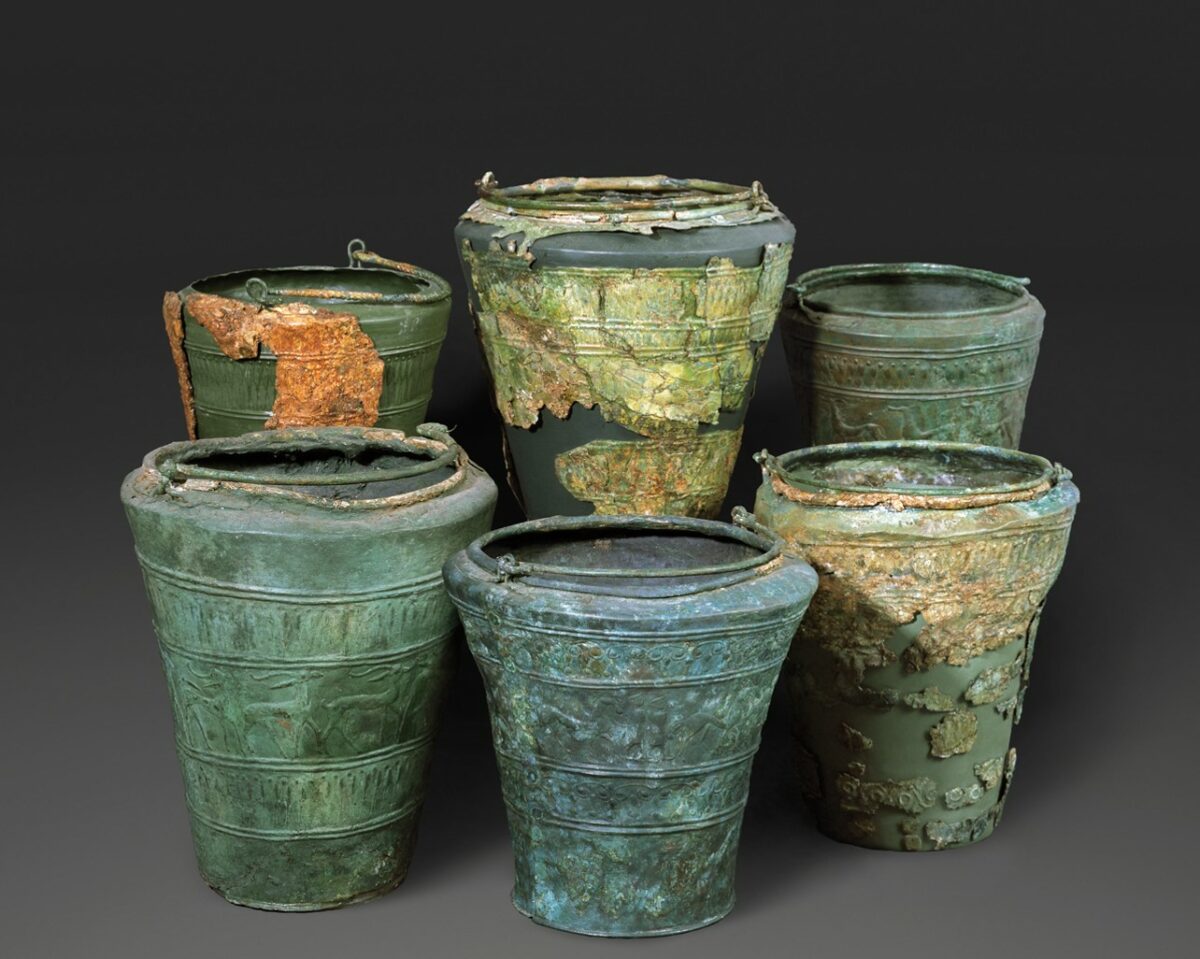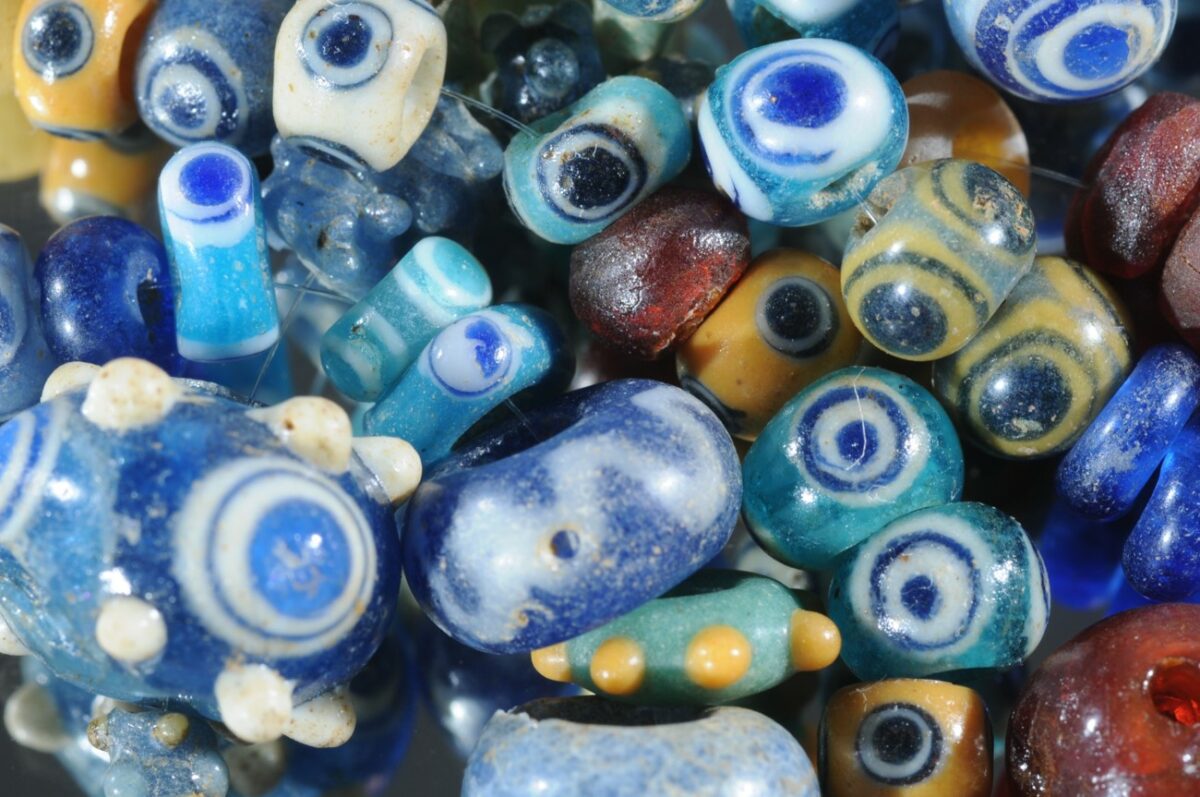The IADR Association is a non-governmental, non-profit, cultural organization dedicated to the promotion, research, protection and sustainable development of the Iron Age heritage in the Danube region.
Founded in 2020 on a strong network of international expert institutions from Austria, Croatia, Hungary, and Slovenia, the Association serves as a platform through which the established partnership can work on making the Iron Age cultural heritage more visible and accessible while, at the same time, creating economic and cultural added value for locals communities inhabiting it today.
One of the major goals of the Association, guided by high standards of protection, research, and presentation of archaeological heritage, is to connect and promote the Danube region, along with the sites and museums in which their common heritage is located and kept, primarily through the development and management of the Iron Age Danube Route.
The Association, based in Zagreb (Croatia), doesn’t focus only on maintaining its already established partner network, but is very keen on expanding it, both geographically (to other countries and regions included in the EU Strategy for the Danube region and institutionally (by incorporating a broad range of institutions, NGO’s and authorities dealing with research, promotion and protection of Iron Age heritage).
The Dolenjska Museum in Novo Mesto is one of the 11 founding members of the association. Due to the exceptional collaboration in various international projects among partners from the mentioned countries, the Iron Age Route along the Danube was established, promoting the outstanding archaeological heritage of the Danube region to the wider public. The museum is an important institution and a key point on the Iron Age Route, preserving, studying, and showcasing the rich Iron Age heritage of the Dolenjska region. At the same time, we encourage cultural tourism and promote Novo Mesto and other significant Iron Age sites in Dolenjska. We popularize and scientifically study archaeological heritage through various events, exhibitions, and projects. One such event is certainly the “Festival of Situlae,” which stands as the most important point for interpreting archaeological heritage on the Iron Age Route along the Danube. Based on long-standing archaeological research and rich finds, Novo Mesto is ranked among the largest and most important Iron Age archaeological sites in Europe. Therefore, the Dolenjska Museum, which houses this exceptional heritage of global significance, is rightfully and proudly one of the points on the Iron Age Route. Petra Stipančić, the museum’s curator and archaeologist, is a member of the Management Board of the Association and an active representative of the Slovenian partners.
Archaeological heritage is, in its modern understanding, combining both natural and cultural heritage, and therefore represents the best way to reflect the ever-lasting relationship of humans with their environment. If properly managed, heritage can also greatly contribute to sustainable development and benefit society on local and transregional levels. The majority of the last millennium BC (about 800 BC – 1st century BC) is regarded as the Iron Age. This is a period of important technological and social changes, which also influenced the landscapes.. The Iron Age Danube Route connects the most significant monuments of that period in the Danube region.
The Iron Age Danube Route represents one of the most fragile, but imposingly attractive prehistoric archaeological remains: the Iron Age landscapes, characterized by monumental constructions, e.g. fortified settlements, burial mound cemeteries, flat graveyards, and complex organization of space, roughly dated to the era between the 9th century BC and the end of the 1st century BC (Hallstatt and La Tène periods). The Iron Age is also a period marked by outstanding examples of intangible heritage as well as movable heritage, presented in numerous museums and archaeological parks in the Danube region, including the most important regional and national institutions.
In 2021, the Council of Europe awarded the Iron Age Danube Route the prestigious Cultural Route of the Council of Europe certification. This certification highlights significant cultural routes that promote European identity, mutual understanding, cultural heritage, and sustainable tourism. The Iron Age Danube Route follows important archaeological sites and cultural heritage from the Iron Age, which were spread along the Danube River.
Currently, this cultural route has 48 members from various countries. The members collaborate in preserving archaeological heritage, promoting cultural tourism, and organizing events that emphasize the importance of this historical period in Europe.
For more information contact Petra Stipančić: petra.stipancic@dolenjskimuzej.si
More about IADR:
https://www.ironagedanuberoute.com
IADR Magazine https://sl.ironagedanuberoute.com/iadr-magazine



